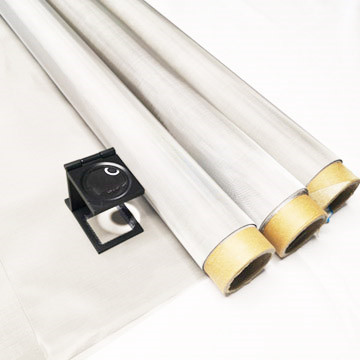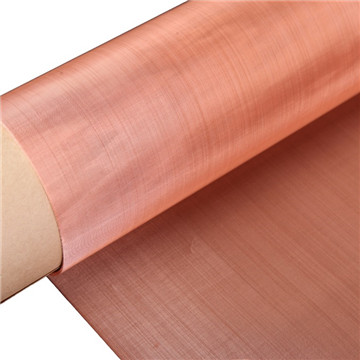Before purchase woven wire mesh, there are several important factors to consider. Here are some key points to keep in mind:
Application: Determine the specific application for which you need the woven wire mesh. Understand the requirements in terms of filtration, separation, protection, or any other purpose. Different applications may require specific mesh sizes, wire diameters, and material types.
Mesh Size and Wire Diameter: Consider the required mesh size and wire diameter based on your application. The mesh size refers to the number of openings per linear inch or the clear opening size. The wire diameter refers to the thickness of the wire used in the mesh. These specifications will impact the mesh’s strength, filtration capabilities, and the size of particles it can effectively retain or pass through.
Material Selection: Choose the appropriate material for your application. Stainless steel wire mesh is commonly used due to its corrosion resistance, durability, and strength. However, other materials like brass, bronze, or galvanized steel may be suitable for specific applications. Consider factors such as environmental conditions, chemical exposure, temperature, and required hygiene standards when selecting the material.
Weave Pattern: Woven wire mesh is available in various weave patterns, including plain weave, twill weave, and Dutch weave. Each weave pattern has unique characteristics, such as strength, stability, particle retention, and open area. Select the weave pattern that best suits your application requirements.
Opening Shape: Consider the shape of the mesh openings based on your application needs. Mesh openings can be square, rectangular, or custom-designed to meet specific requirements. The shape of the openings can impact the flow of materials, particle retention, and the overall performance of the mesh.
Roll Size and Dimensions: Determine the required roll size and dimensions of the woven wire mesh. Consider factors such as width, length, and whether you need a standard roll size or custom dimensions. This ensures that the mesh fits your equipment or application without the need for extensive modifications or wastage.

